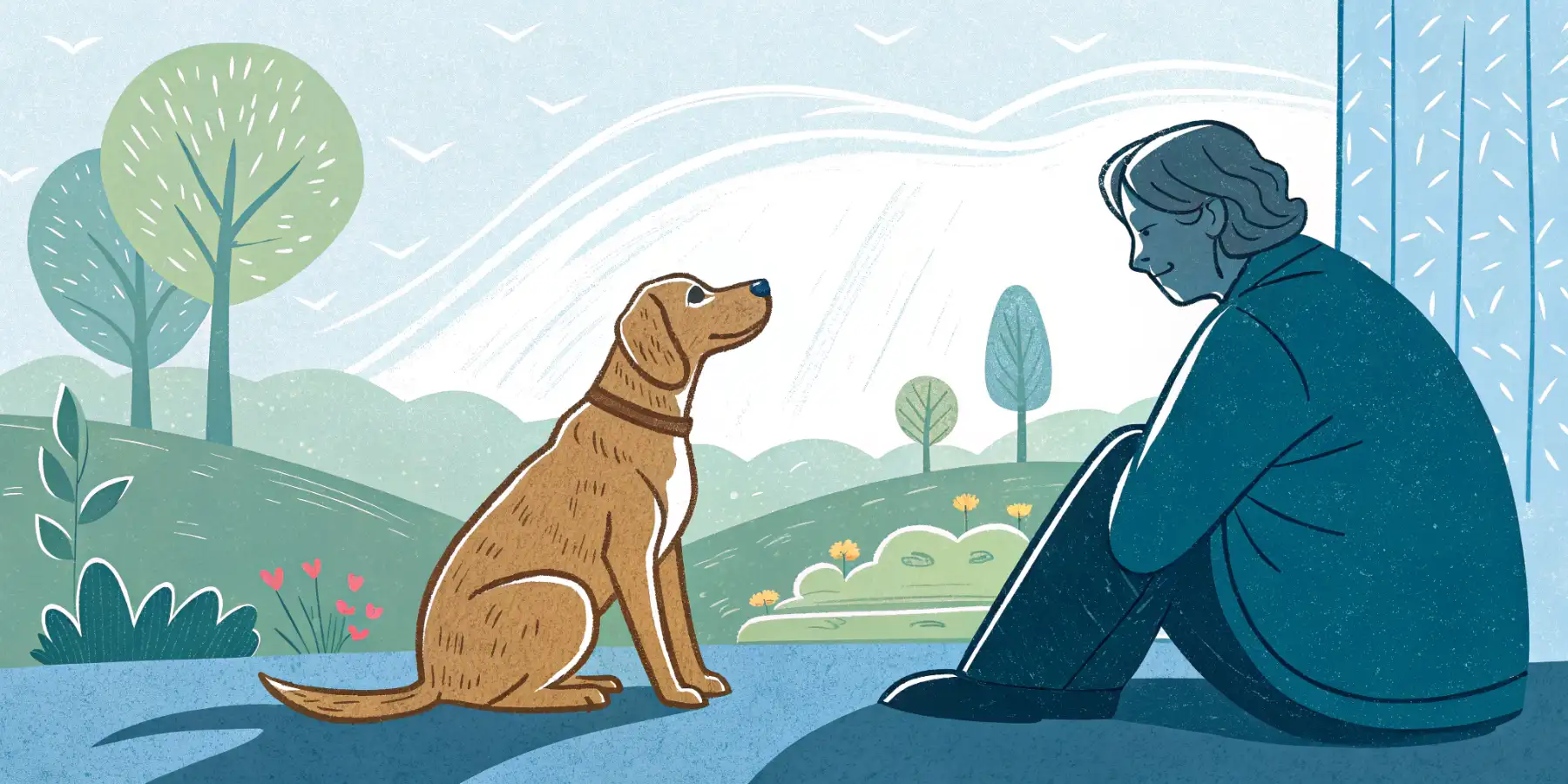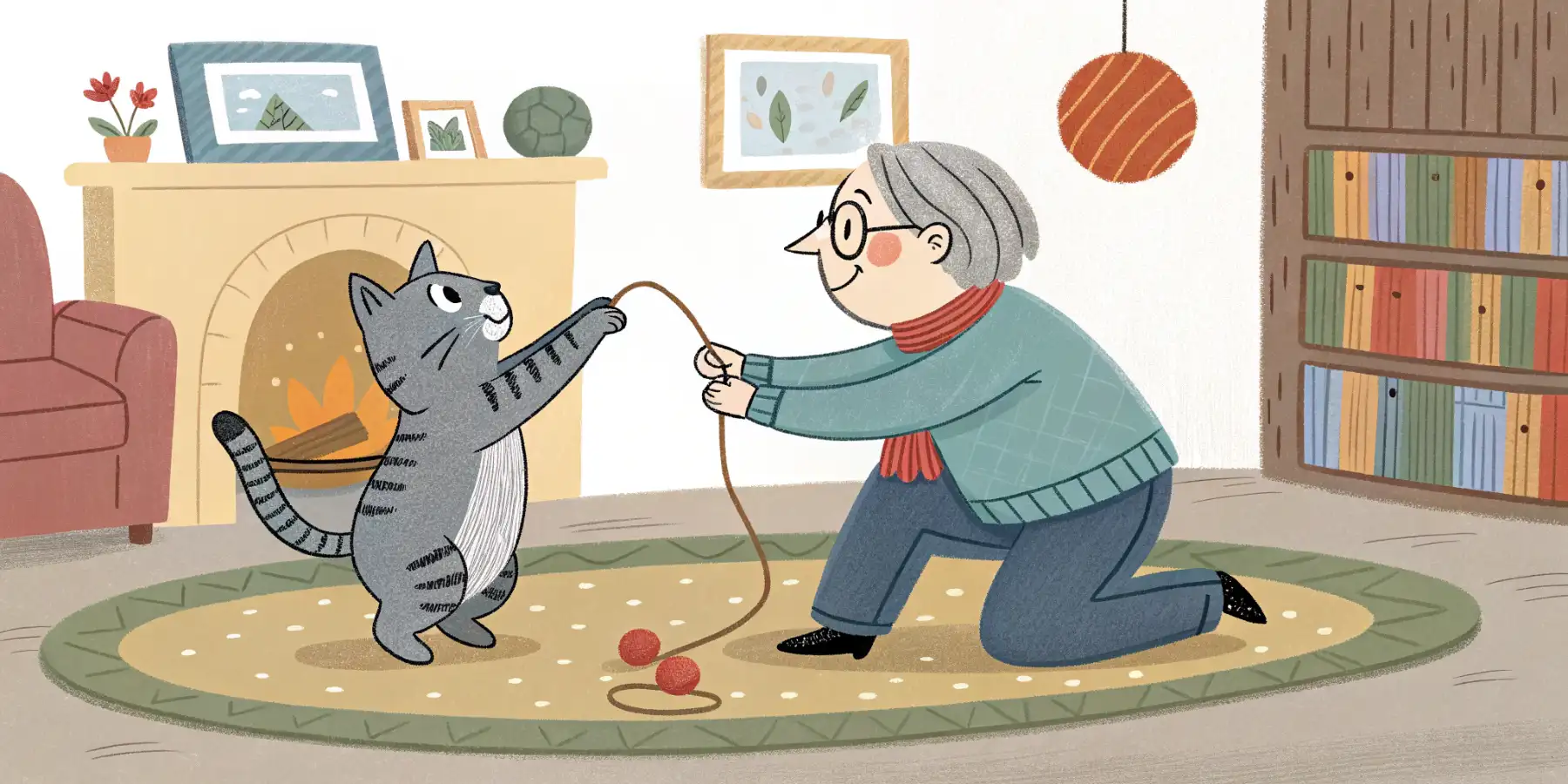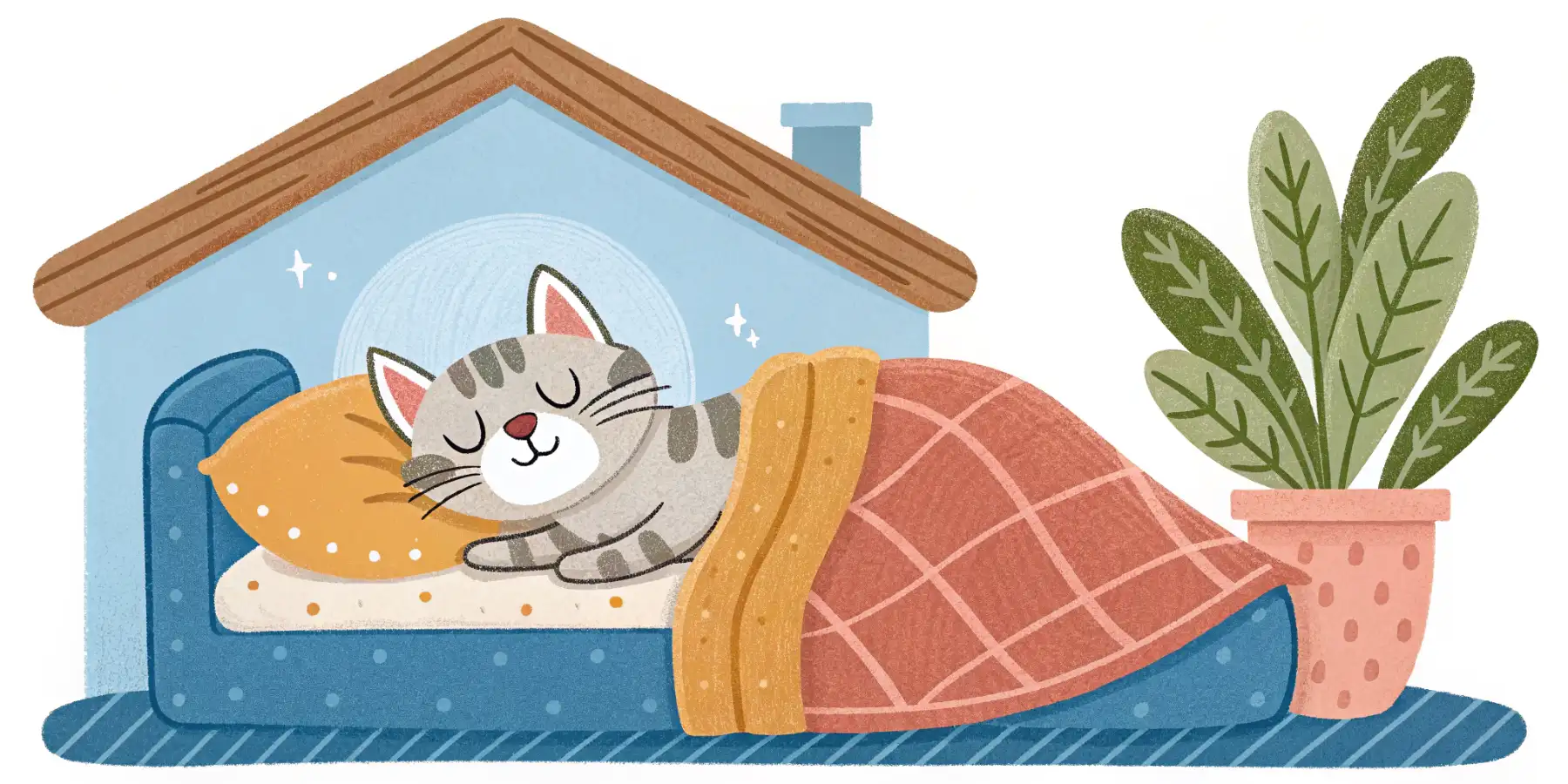
Cat Palliative Care: Comfort & Compassion
Is your cat struggling? Learn about *palliative care* and how to provide comfort & compassion in their final days. ❤️
Palliative Care and End-of-Life Decisions for Cats: Providing Comfort and Compassion
Saying goodbye to a beloved feline companion is undoubtedly one of the hardest parts of pet ownership. While we wish our cats could live forever, there comes a time when their quality of life begins to decline due to age or illness. In these situations, palliative care for cats and thoughtful end-of-life decisions become crucial. This isn’t about giving up; it’s about shifting our focus to providing comfort, dignity, and peace in their final days.
Understanding Palliative Care for Cats
Palliative care is a holistic approach that focuses on relieving pain and suffering, improving quality of life, and supporting both the cat and their family. It’s not just about managing symptoms; it’s about addressing the emotional, social, and spiritual needs of everyone involved.
In my experience, many pet owners initially confuse palliative care with hospice care. While hospice is a form of palliative care, it’s typically reserved for pets with a terminal diagnosis and a limited life expectancy. Palliative care can be initiated at any stage of a chronic or life-limiting illness, even alongside curative treatments. Think of it as a comprehensive support system aimed at maximizing your cat’s comfort and well-being.
Key Components of Palliative Care
- Pain Management: This is arguably the most critical aspect of palliative care. Your veterinarian can prescribe various medications, such as NSAIDs, opioids, or nerve pain medications, to alleviate discomfort. I firmly believe that every cat deserves to be free from pain, especially in their final days.
- Symptom Control: Many illnesses can cause a range of distressing symptoms, such as nausea, vomiting, diarrhea, or difficulty breathing. Palliative care aims to manage these symptoms to improve your cat’s comfort and appetite.
- Nutritional Support: Maintaining adequate nutrition is essential for energy and overall well-being. If your cat is struggling to eat, your veterinarian may recommend appetite stimulants, specialized diets, or even assisted feeding techniques.
- Environmental Modifications: Simple changes to your cat’s environment can make a big difference. Provide comfortable bedding in a quiet, accessible location. Ensure easy access to food, water, and a litter box. Consider using ramps or steps to help your cat reach their favorite spots.
- Emotional Support: Palliative care also addresses the emotional needs of both the cat and their family. Spend quality time with your cat, offering gentle petting, grooming, and reassuring words. Seek support from friends, family, or a pet loss support group.
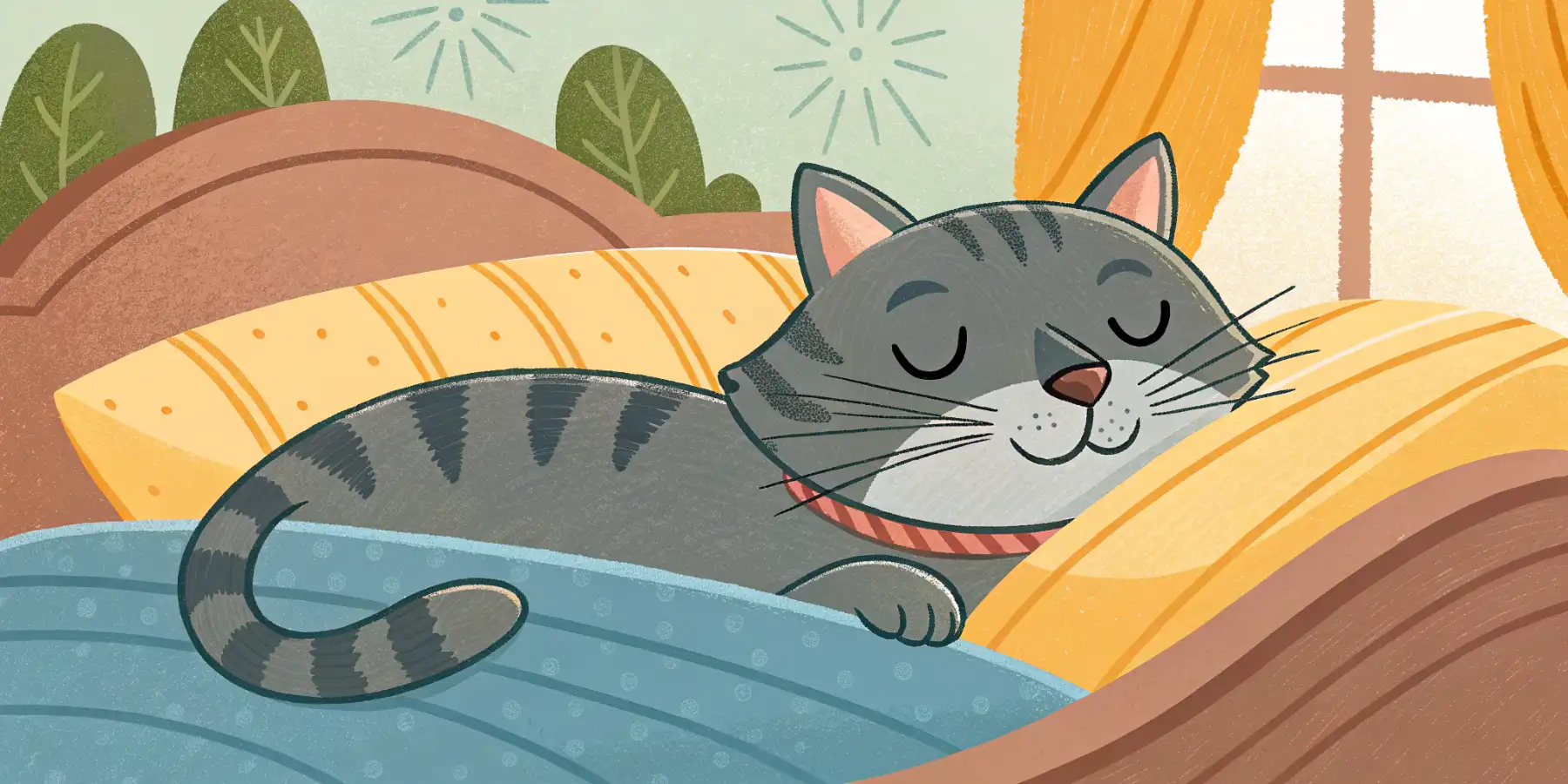 A senior cat enjoying palliative care in a comfortable bed, demonstrating the focus on comfort and well-being.
A senior cat enjoying palliative care in a comfortable bed, demonstrating the focus on comfort and well-being.
Assessing Your Cat’s Quality of Life
One of the most challenging aspects of end-of-life care is determining when your cat’s quality of life has declined to an unacceptable level. I always advise pet owners to keep a journal documenting their cat’s daily activities, appetite, pain levels, and overall demeanor. This can help you track changes over time and make informed decisions.
There are also several quality-of-life scales available online that can help you assess your cat’s well-being. These scales typically consider factors such as:
- Hurt: Is your cat in pain? Is it well-managed?
- Hunger: Is your cat eating and drinking adequately?
- Hydration: Is your cat properly hydrated?
- Hygiene: Can your cat groom themselves? Are they clean and comfortable?
- Happiness: Does your cat still enjoy their favorite activities? Are they interacting with you and their environment?
- Mobility: Can your cat move around comfortably? Are they able to access food, water, and the litter box?
- More good days than bad: Are there more good days than bad days, or is your cat mostly suffering?
If your cat is consistently scoring low on these measures, it may be time to consider euthanasia for cats as a compassionate option.
Making the Difficult Decision: When is it Time to Say Goodbye?
Choosing to euthanize your cat is an incredibly personal and emotional decision. There’s no right or wrong answer, and it’s essential to trust your instincts and do what you believe is best for your beloved companion.
I often tell pet owners that it’s better to err on the side of kindness and choose euthanasia a little too early than to wait until their cat is suffering needlessly. This is especially true if your cat is experiencing chronic pain, severe symptoms that cannot be controlled, or a progressive decline in their ability to enjoy life.
Some key indicators that it may be time to consider euthanasia include:
- Your cat is no longer eating or drinking, despite attempts to encourage them.
- Your cat is experiencing intractable pain that cannot be effectively managed with medication.
- Your cat is no longer able to perform basic functions, such as grooming or using the litter box.
- Your cat is withdrawn, unresponsive, and no longer interacting with you or their environment.
- Your cat’s quality of life has significantly declined, and there are more bad days than good days.
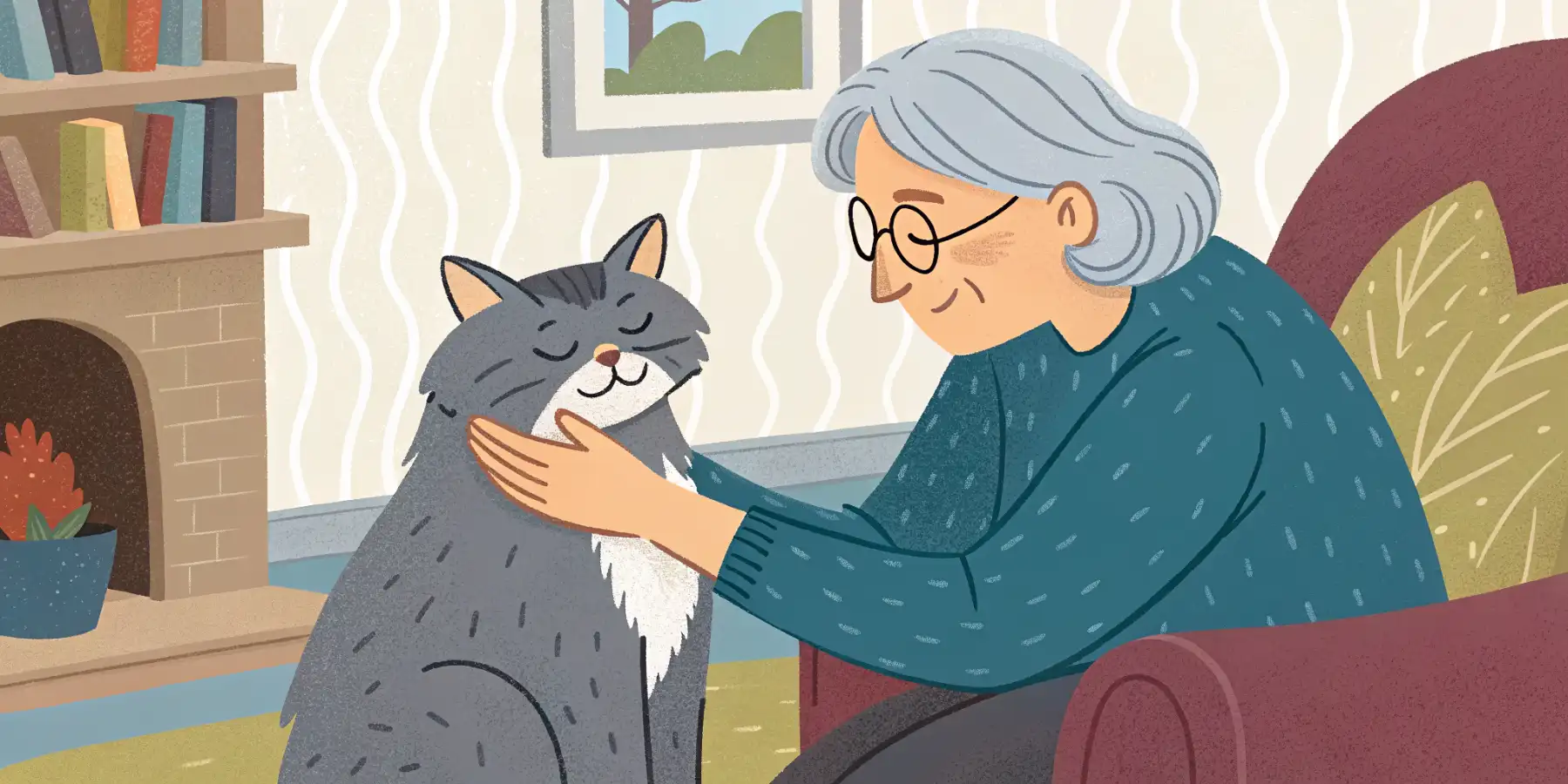 A pet owner gently petting their cat, reflecting the love and compassion involved in end-of-life decisions.
A pet owner gently petting their cat, reflecting the love and compassion involved in end-of-life decisions.
Understanding the Euthanasia Process
The euthanasia process is typically performed by a veterinarian using an intravenous injection of a concentrated anesthetic solution. The medication quickly and painlessly induces unconsciousness, followed by respiratory and cardiac arrest. Your cat will simply drift off to sleep peacefully.
It’s perfectly normal to feel anxious and emotional during the euthanasia process. Your veterinarian will be there to support you and answer any questions you may have. You can choose to be present with your cat during the procedure, or you can say goodbye beforehand if you prefer.
Coping with Grief and Loss
Losing a pet is a deeply painful experience. Allow yourself time to grieve and don’t hesitate to seek support from friends, family, or a pet loss support group. There are many resources available to help you cope with the emotional challenges of pet loss, including grief counseling, online forums, and memorial services.
Remember that it’s okay to feel sad, angry, or confused. Grief is a natural and normal response to loss, and there’s no right or wrong way to grieve.
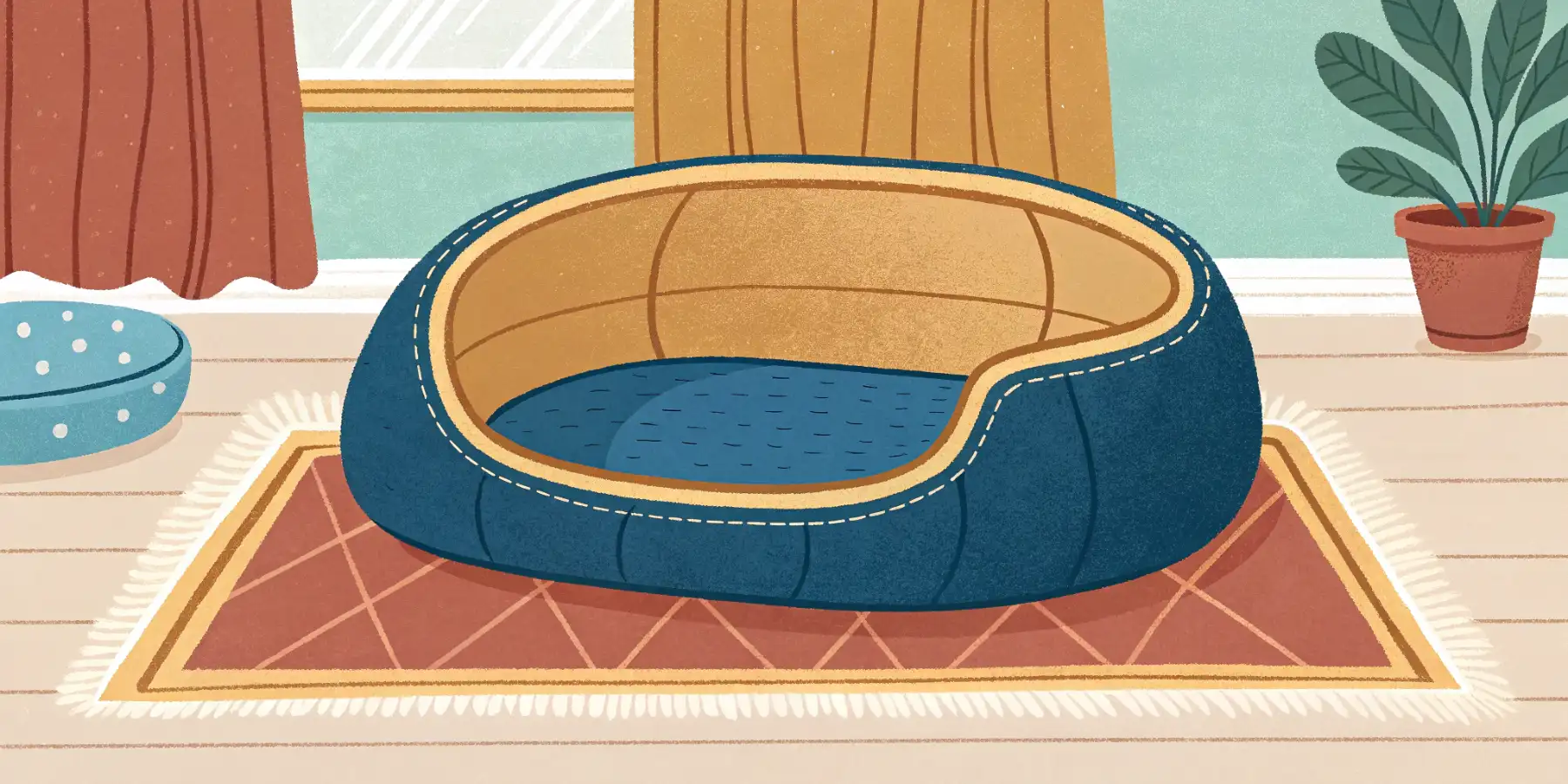 An empty cat bed symbolizes the absence and grief experienced after the loss of a beloved pet.
An empty cat bed symbolizes the absence and grief experienced after the loss of a beloved pet.
Pet Loss Support Group
Consider joining a pet loss support group to connect with others who understand what you’re going through. Sharing your feelings and experiences with others who have experienced similar losses can be incredibly helpful.
In-Home Euthanasia for Cats
For many pet owners, the thought of bringing their cat to a veterinary clinic for euthanasia can be distressing. In-home euthanasia offers a more peaceful and comfortable alternative. A veterinarian will come to your home and perform the procedure in a familiar and comforting environment. This allows your cat to spend their final moments surrounded by loved ones, without the stress of a car ride or a clinical setting.
Honoring Your Cat’s Memory
There are many ways to honor your cat’s memory after they’re gone. You can create a memorial, plant a tree in their honor, or donate to an animal charity in their name. You can also simply cherish the memories you shared and keep them alive in your heart.
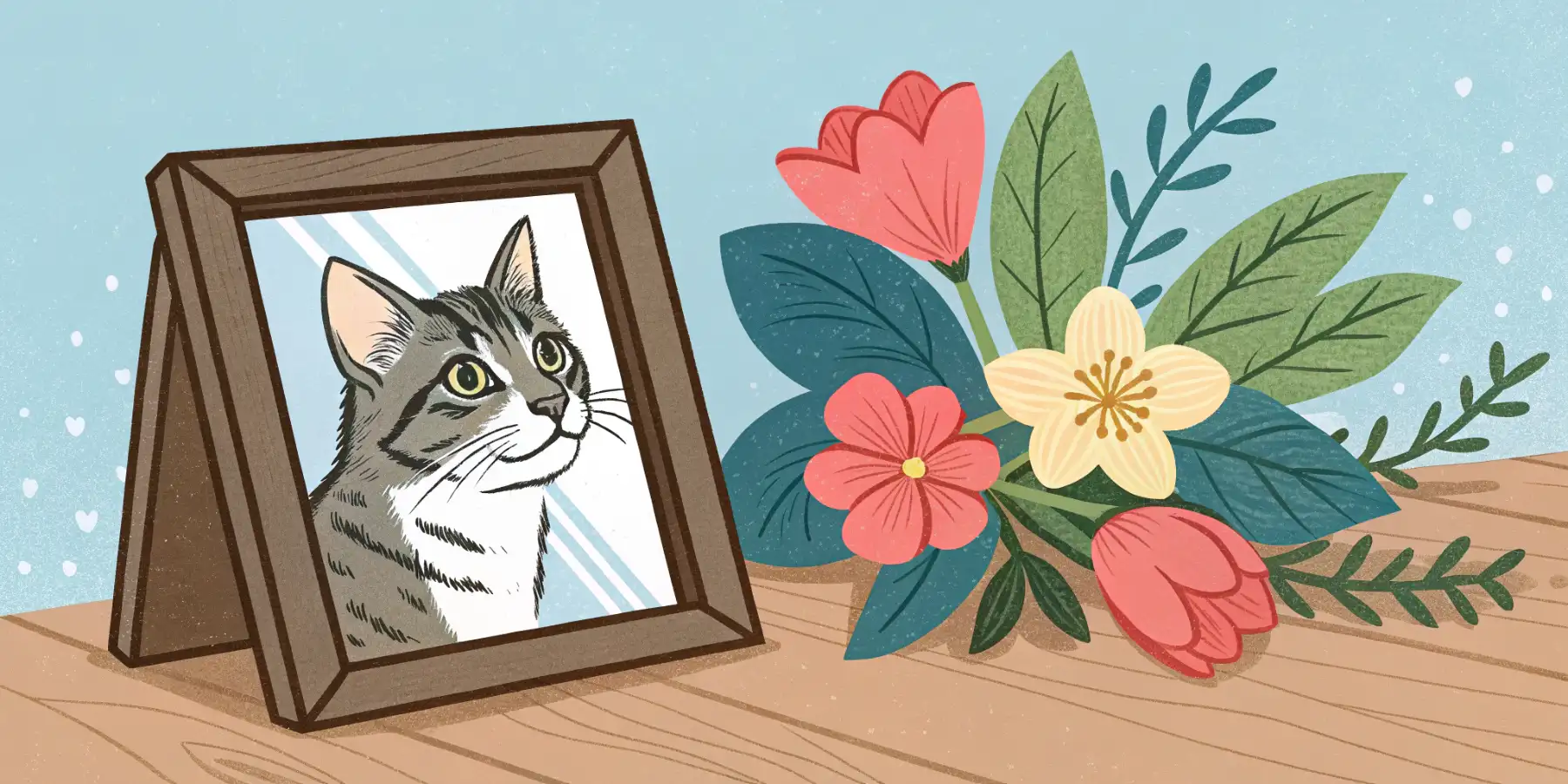 A pet memorial featuring a photo of a cat and flowers, representing a loving tribute to their life.
A pet memorial featuring a photo of a cat and flowers, representing a loving tribute to their life.
Providing palliative care and making end-of-life decisions for your cat is a deeply personal and challenging journey. By focusing on comfort, compassion, and quality of life, you can ensure that your beloved feline companion spends their final days with dignity and peace. Remember that you are not alone, and there are many resources available to support you during this difficult time. And remember, making the decision for humane euthanasia is often the most compassionate act of love we can offer our feline friends when they are suffering.
